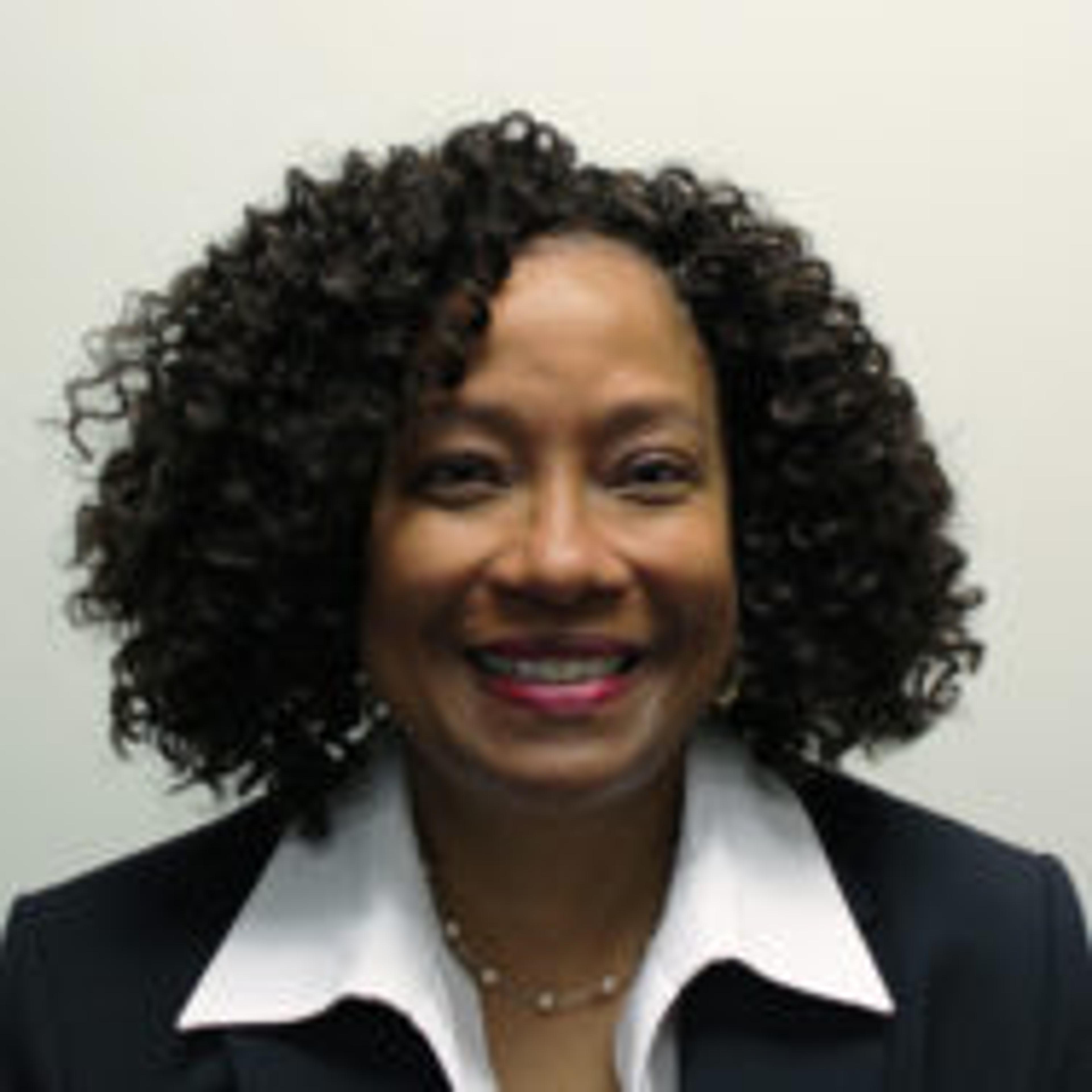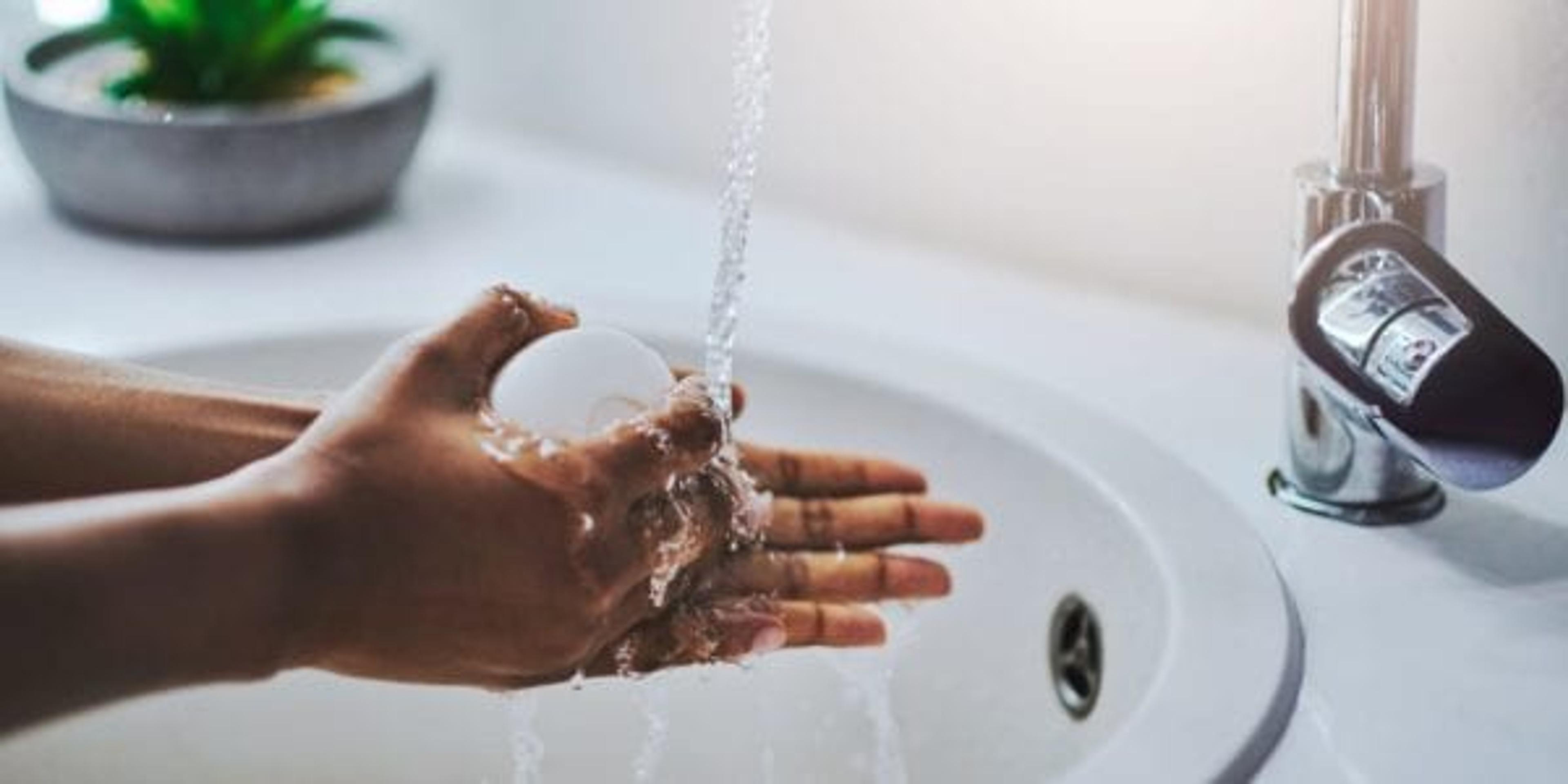The Difference Between Plain and Antibacterial Soap

Gina Lynem-Walker
| 3 min read

Hand washing is the most effective way to reduce the spread of bacteria and disease. Poor hygiene is linked to multiple illnesses including influenza, norovirus (stomach bug) and the common cold. Some use plain soap, while others consider antibacterial soap the best form of protection. Regardless of one’s preference, it’s important to know the truth about their germ-fighting claims.
How does soap work? Plain soap and water loosens 90% of all surface-level germs. It also has polar and nonpolar properties, which makes bacteria easier to dissolve. Plain soap mechanically removes disease-causing pathogens but does not kill or stop their production.
How is antibacterial soap different? Historically, antibacterial soap, also known as antimicrobial or antiseptic soap, was formulated with triclosan or triclocarban. Plain soap does not contain these as active ingredients. The antibacterial and antifungal agents are intended to stop the replication of bacteria. However, the U.S. Food and Drug Administration has found zero evidence that they’re better or more effective at preventing illness.
Is antibacterial soap safe? Studies have found long-term exposure to triclosan may alter hormone function. Results were based on animal studies, due to insufficient research with human subjects. Triclosan may also cause bacterial mutations or supergerms, which are resistant to certain antibiotics. The FDA banned consumer products featuring the ingredient, causing manufacturers to replace it with benzalkonium chloride, benzethonium chloride and chloroxylenol, which are also under study.
Is hand sanitizer a replacement for soap? Sanitizer does not have the same properties as soap and won’t remove all germs, visible grease or dirt. But if soap and water aren’t available, it is a convenient option. For maximum results, the Centers for Disease Control and Prevention (CDC) recommend using one with at least 60% alcohol. Apply an adequate amount to the palm of the hand and rub over the surface until dry. Always wipe off excess liquid, as some bacteria may remain.
What is proper hand washing technique? About 95% of adults fail to wash their hands correctly. To ensure optimal cleanliness, one should implement the following method:
- Start by wetting hands with cold or warm water.
- Apply soap, as recommended by the label, directly into the palms.
- Scrub the surface of hands, including the palms, backs, in-between fingers and under nails. This should last about 20 seconds. Avoid aggressive scrubbing as it can damage skin and create cracks for bacteria to enter.
- Rinse thoroughly.
- Dry with a clean towel.
- Apply moisturizing lotion to keep skin supple and crack-free.
When should a person wash their hands? Hand washing can be the difference between getting sick and staying healthy throughout the year. It should occur frequently, especially when preparing food, caring for a sick individual, treating wounds, changing diapers or touching an animal. Hands should also be washed after coughing, sneezing or going to the bathroom.
About the Author: Dr. Gina Lynem-Walker is a physician consultant at Blue Cross Blue Shield of Michigan.
If you found this post helpful, you may also like:
Photo credit: Delmaine Donson





